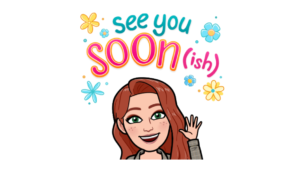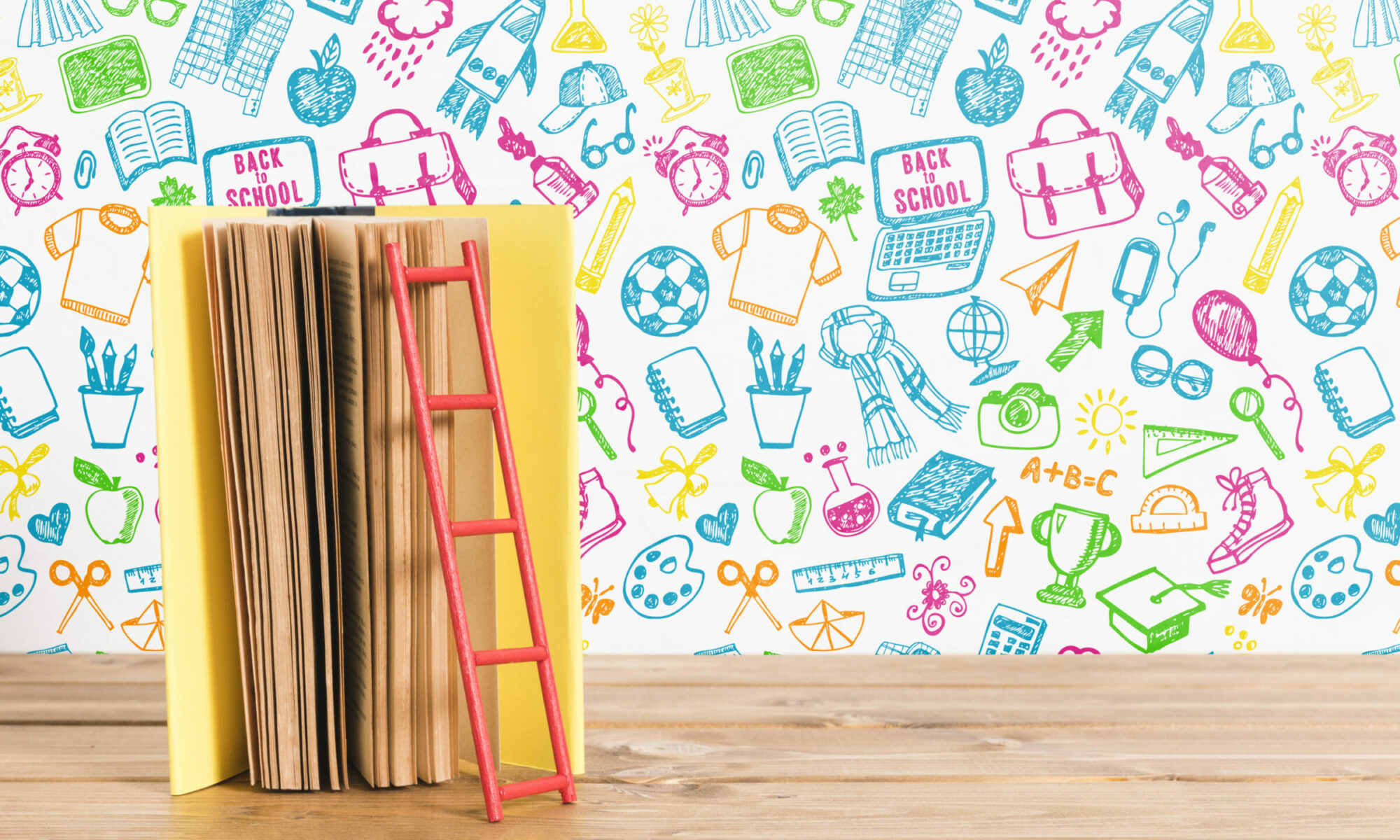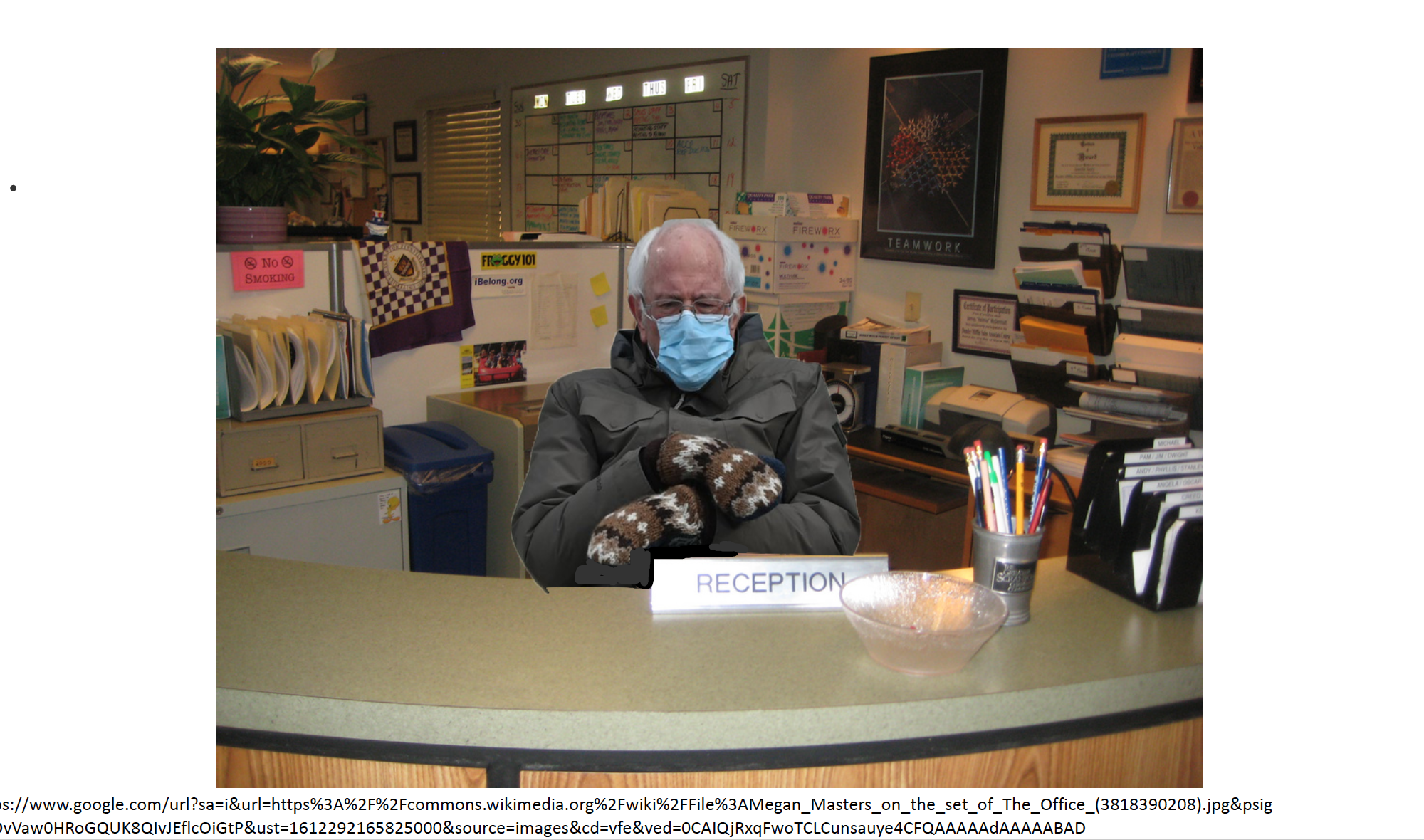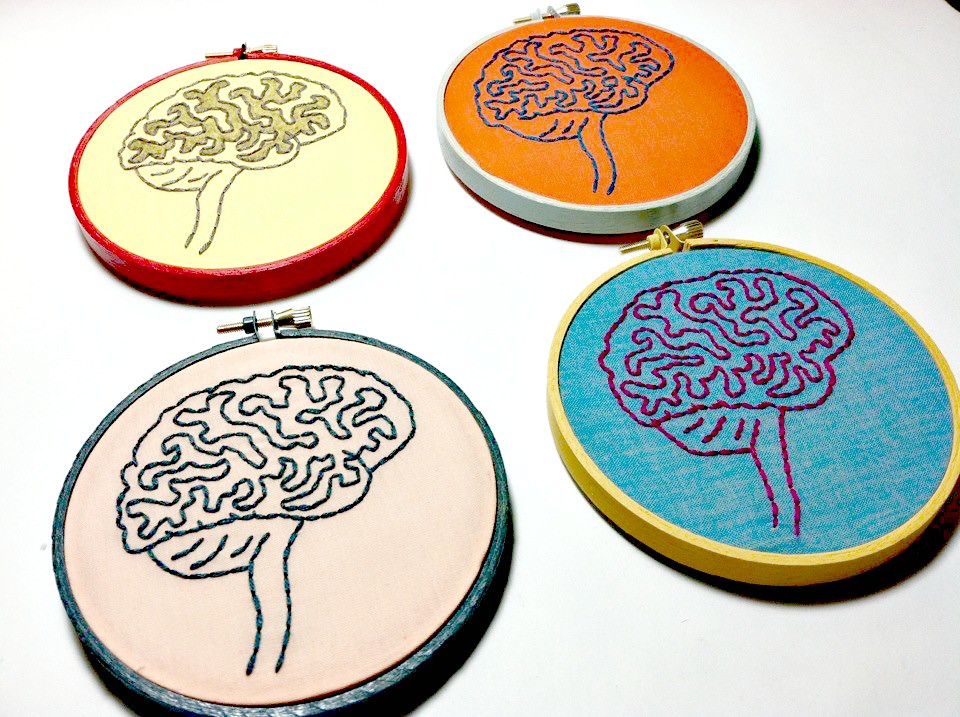I have always been really involved in almost every sport that my small town had to offer. During elementary and high school, I played on the soccer team and volleyball team. I was also a member of our local swim club. My parents always prioritized mine and my siblings sports which I am very grateful for. Being on the school soccer team from grade 7-12 really made an impact on my life. I learned vital teamwork skills through communicating both on and off the field. On the swim team, my experience was slightly more individual. We didn’t participate in many competitions because of how small and rural my hometown is. In the pool, I learned to compete against myself. I did this by aiming every practice to beat my own previous swim times. I think team sports can be so beneficial for developing children’s leadership, communication, and resilience qualities.
Teaching Philosophy
My philosophy of teaching is embedded in inclusive education. At the beginning of second year, I stumbled upon a video called ‘Transforming Inclusive Education’ by Shelley Moore. In the video, she used a bowling analogy to describe how right now, some teachers are bowling and hitting single pins down to try and accommodate diverse students’ needs. Instead, teachers should be bowling to hit every pin down at the same time so that every learners’ needs are being met in the same classroom and through the same pedagogy. This really struck me and made me wonder how taking diverse students out of the classroom to learn is so backwards to what the overarching goal of education is: to set children up for success. When children are isolated from their classmates to learn in a separate room, they aren’t learning how to collaborate and work through things as a community. This is the foundation of my teaching philosophy. To expand, I believe that every child belongs (and should feel like they belong) in my classroom, no matter their abilities, ethnicity, gender, or anything. It is my job to create this space for future generations to work towards living in a world where people can feel comfortable and confident in their own skin.
I am also very interested in inquiry-based learning. I first learned about the idea of inquiry learning from Instagram. @Inquiryteacher popped up in my feed and I was intrigued by the materials she was using. I looked further into her account and discovered that she was a co-author of a book called Inquiry Mindset. I bought the book and read it over the span of this past semester. After reading the first few chapters, I was so inspired and knew that I wanted to learn more about how I can follow and inquiry-based model in my future classroom. Inquiry-based classrooms breed children with strong problem-solving skills, teamwork experience, and natural curiosity drive. I am very eager to learn more about the application of inquiry in the classroom in my future practicum and practice.
Edmodo – Gabrielle
Edmodo is a free online learning management website that was made in September 2008 by Nic Borg, Jeff O’Hara and Crystal Hutter. The platform is aimed for kindergarten to grade 12 teachers to use in means of communication, collaboration, and teaching of lessons with their students. In terms of communication, Edmodo provides students with a safe space to academically communicate with their peers and ask their teacher questions, through use of Edmodo parents are able to make an account and quickly ask their childs teacher questions. In regards to collaboration, Edmodo provides students with the opportunity to collaborate and work together on academic projects/assignments with their peers. The educational platform also allows the opportunity for teachers to collaborate with their colleagues, which can be beneficial in creating cross-curricular lessons. In relation to the teaching of lessons through Edmodo teachers can add their lesson slides and classroom content to the website so that students/parents have access to the material outside of class time. Despite Edmodo’s inclusivity for students and parents it is a teacher-centric platform when it comes to its layout, philosophy and how you can only access the site once invited by a teacher.
KidBlog
I am completing my EdTech Inquiry project with Gabrielle and Judy. For our project, we are researching different online platforms to use in the classroom that increase student engagement.
What is it?
Kidblog is a safe and secure platform for students to publish their writing, audio recordings, or video projects. Teachers can also use this platform to connect their students’ learning with their parents. Additionally, it can be used as a class blog to send out announcements about classroom updates and happenings. Although the platform is geared toward children, teachers, teacher librarians, or school administrators must moderate it.
Why use it?
Benefits of blogging for children:
- Helps develop confidence
- Improves self-expression
- Gain a sense of fulfillment from posting their work
- Form multicultural links
- Improved reading and writing skills
- Encourages autonomy and creativity
- Creates a sense of community
Getting started with blogging at a younger age also lays the foundation for safe internet use.
How to Use it in Your Future Classroom
Here are a few ideas that I found from reviews that elementary teachers left about Kidblog:
- Use it to extend knowledge about new topics in science (generate hypotheses, connect to the real-world, share thoughts and opinions)
- English Language Learners can explore new vocabulary, sentence structure and terms in a comfortable way. Also lets them look back on their progression.
- Independent reading strategies
- Elaborate on mathematical concepts
- Reading or viewing responses
Free Inquiry Update: Some Inquiry Teachers and Materials
This week I took a break from reading the Inquiry Mindset book. Instead, I researched different teacher’s Instagram accounts that follow the inquiry-based model of teaching. The first thing I noticed was that there are many more elementary teacher accounts than high school. I think this is because once students get to high school, most of the exploration is more individual and on the computers.
Here is a list of accounts that stood out to me:
- https://www.instagram.com/playful.inquiry.teacher/
- https://www.instagram.com/joysofkinder/
- https://www.instagram.com/inquiryteacher/
The three teachers above teach in either kindergarten or grade one classrooms. One commonality between the accounts is that they all seem to use mostly wooden materials like this: https://www.instagram.com/islandpegdolls/?hl=en Additionally, I saw that most classroom’s materials were very organic. I decided to do some more research into why that is…
Here is an explanation of the characteristics your materials in an inquiry-based classroom should have:
Relationship between materials and environment in children’s learning
I highly recommend that you follow the instagram accounts that I linked above. They are all so inspiring and give so much insight into what and inquiry classroom looks like.
Week 8 Reflection
This week we had the pleasure of meeting Tracy Humphreys. Tracy is both the founder and chair of an organization called BCEd Access Society. This society is run completely by volunteers, most of which are parents. They work to support children and youth with disabilities and diverse learning needs to reach their fullest potential in both school and life.
Tracy Humphreys, Founder and Chair

Tracy is a mom to three children with disabilities and she herself has ADHD and other invisible disabilities. She has been an active volunteer in BC schools for over 20 years, as a board member on her local PACs, the District PAC in Victoria (VCPAC), and as a BCCPAC representative for VCPAC. She also served as Board Vice President of Elizabeth Buckley School for 3 years. She is currently a consultant CEO for beauty companies, a partner in CareQuadrant, and winner of the 2019 Victoria Community Leadership Award in Lifelong Learning for her work with BCEdAccess as a full time volunteer advocate for families of children with disabilities in British Columbia schools since 2014.
I really appreciated Tracy’s presentation style. Although she was a tad nervous, I think she was still extremely engaging! She shared information with us from the point of view of both a parent and a professional. She was really open with both her own educational journey and her children’s. She explained that when your child is first diagnosed with a disability, you are convinced to trust the public school system to make the best decisions for your child’s success. But, the system was not nearly supportive enough of her child. She had to pull him from a public school and instead enrolled him in the Pacific School of Innovation and Inquiry, where he is now flourishing. With that being said, she urges that you must push back and fight for what you think is right for your child.
Before class, we watched an inspiring video of a boy named Damon Kirsebom. Damon is a non-reliable speaker who with the help of text to voice electronics, is able to communicate with other. It was so cool to see how technology has helped Damon in such a drastic way. I think it helps us realize that although technology has in many ways hurt society, there is still so much good in it.
Week Three Reflection
This week in EDCI 336, we learned about multimedia learning theory and editing images. At the beginning of class, we were asked:
“People can learn more deeply from words and pictures than from words alone” (Mayer, 2009).
I really connected with this quote as a visual learner. I think it speaks to how we as teachers need to incorporate so many different aspects into our teachings in order to invigorate the minds of our students.
We also got the chance to create our own photoshop images. I decided to tag along with this week’s trend of the Bernie Sanders at the Biden Inauguration. My meme was Bernie sitting at Pam’s desk from the tv show The Office.
I think this information will be extremely helpful when incorporating technology in my classroom.
On Instagram, I have seen many educators using their own bitmojis or creating other bitmoji people to use all around their classrooms. Here is a link to an article about using bitmojis in your class. https://www.edutopia.org/article/educators-turn-bitmoji-build-community-and-engagement.

“The Inquiry Cycle”
This week I learned about “the inquiry cycle”. The chapter begins by explaining how an inquiry teacher must practise the gradual release of responsibility (GRR). I have some knowledge of the GRR model from literacy last semester. From what I understand, the GRR model would be instrumental in a student-centred approach to learning such as inquiry-based education. The authors explain that for students to be able to follow their passions or inquiries, inquiry teachers must gradually release responsibility over their students’ education. They acknowledge that transitioning your classroom into inquiry-based can be overwhelming. But, there are three specific things that you must keep in mind to make the inquiry successful:
- “Keep your learners in mind”
- “Keep your curriculum in mind”
- “Keep your assessment in mind”
The point that I was most curious about was assessment. Since I began this journey into inquiry, I have wondered how are assessments performed? MacKenzie and Bathurst-Hunt write that learners could choose their own form of assessment by deciding how they want to show you their understanding. The authors claim that when you empower your students to choose their own way of demonstrating their knowledge, we allow them to tap into their strengths, interests, and learning styles. I really like this idea because I think it would be so much more engaging and inclusive for students.
Next, MacKenzie and Bathurst-Hunt present ten phases of the inquiry cycle:
- Determine Your Focus
- Start with an Essential Question
- Brainstorm Questions
- Brainstorm Subtopics
- Select a Subtopic
- Access Prior Knowledge
- Identify Wonderings
- Research
- Make Cross-Curricular Connections
- Perform, Reflect, and Revise
These are the steps that an inquiry teacher and their students should go through before they start a unit. The first step I recognized was “Access Prior Knowledge”. This made me think of the constructivist theory of learning. I noticed that this inquiry cycle is constructivism in its finest sense.
MacKenzie, T., & Bathurst-Hunt, R. (2018). Inquiry mindset: Nurturing the dreams, wonders & curiosities of our youngest learners. EdTechTeam Press.
Linked below is a podcast that I found really helpful for an introduction to inquiry education.
Thanks for reading,
Lauryn Y
Week One Reflection
As the first week of Spring classes come to an end, I am already feeling the reality of being in six courses. Although I am having a hard time keeping up with when each of my six million assignments is due, I am proud to say I have been putting my health first. Last year, like most first-year students, I put my schoolwork before my physical and mental health and really felt the negative effects of it. Every day I make it my goal to get outside for a breath of fresh air, even if it is just to stretch my legs. I found that this has really been improving my overall mood and motivation to do schoolwork.
To reflect on this EDCI 336 class, I have so far really enjoyed it. I have never been in a class that allows for so much freedom, which is really appreciated during these odd times. I am really excited about my free inquiry topic and the learning process of that. As far as the class readings/viewings go, I think the Freedom of Information and Protection of Privacy Act (FIPPA) reading was a really important piece to read. I have a personal experience with a senior science teacher showing images of me and my work in her TED Talk without my permission. So, I understand how integral it is that we as future teachers read it. Although FIPPA is mainly focused on protecting personal online privacy, I think it still draws parallels with protecting my future students. I really enjoyed the film Most Likely To Succeed. In grade nine, I remember our humanities teacher showed us a website called Will Robots Take My Job? I typed my future job in (teacher) and felt pretty safe after seeing that it was “highly unlikely” that robots would be able to become teachers. Since discovering that site, I have remained interested in this epidemic that we’re facing. So, I was super intrigued by this film and how it broke down technology and education. It did an amazing job of showing the problem that not only the American school system is facing, but also the Canadian. I also made a connection to this film in its relation to my inquiry topic on inquiry-based learning. This film outlined the benefits of personalized learning. For me, the connection reiterated the fact that inquiry teaching is likely the most realistic future of our education system.



